DNA Damage/DNA Repair
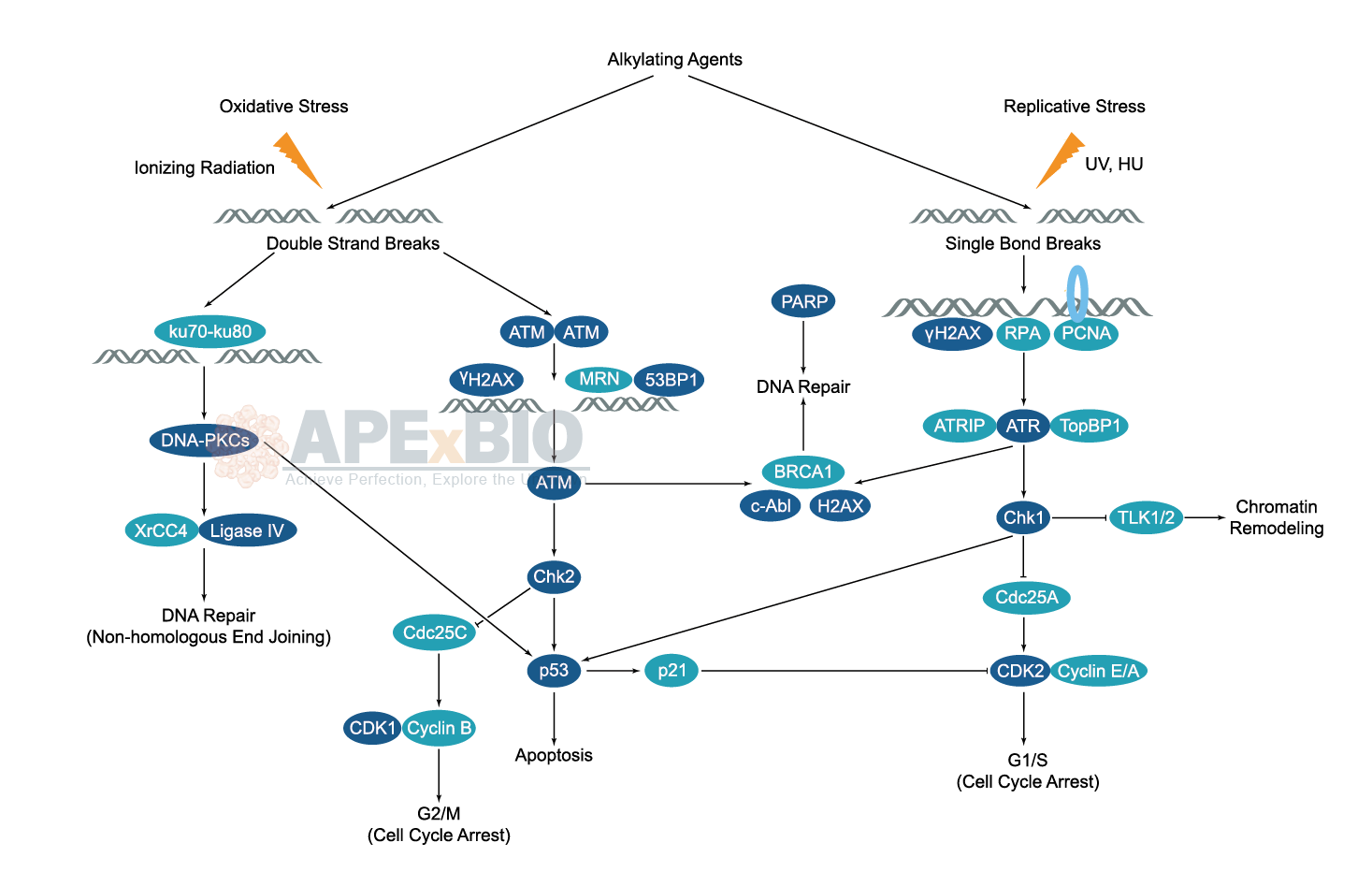

The DNA in a human cell receives tens of thousands of damages per day due to both external (exogenous) and internal (endogenous) stress. The exogenous damages are caused by chemical contamination, UV light, ionizing radiation and alkylation/methylation etc, while the endogenous damages are coming from oxidation, alkylation and hydrolysis of bases etc. Since single strand and double strand breaks of DNA will occur after the damage, unrepaired DNA damage leads to cell senescent, apoptosis and malignancies etc. To overcome this threat, cell has developed DNA damage response, to detect DNA damage and mediate its repair.
DNA repair involves multiple mechanisms such as mismatch, base excision, and nucleotide excision repair etc. A group of proteins and pathways are participated in those processes. ATM/ATR kinases and DNA-PK are crucial for the detection of the DNA damage. Chromatin remodelers regulate chromatin accessibility for the DNA repair factors to function. RPA, Rad51 and the fanconi anemia proteins act directly on repairing the DNA damage. p53 network, the RAS GTPase superfamily, and the ubiquitin system also play important part in the DNA damage response. Aberrant DNA damage response is linked to aging, cancer and immune diseases.
-
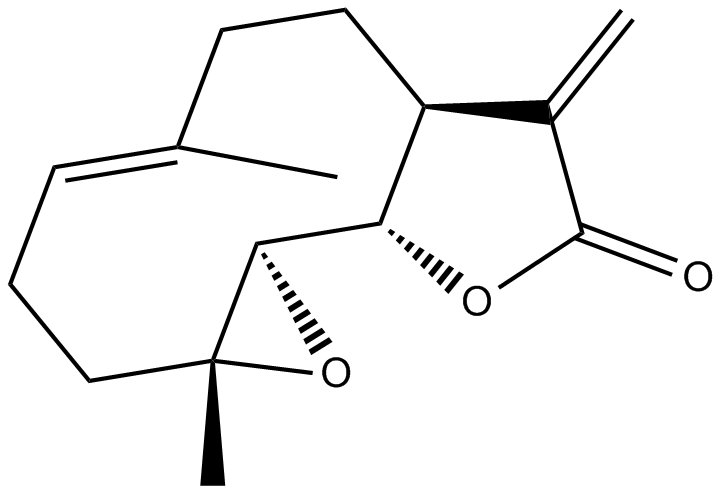 N1315 ParthenolideTarget: Histone Deacetylases (HDACs)|MDM2|DNA Methyltransferases|p53|5-HT
N1315 ParthenolideTarget: Histone Deacetylases (HDACs)|MDM2|DNA Methyltransferases|p53|5-HT -
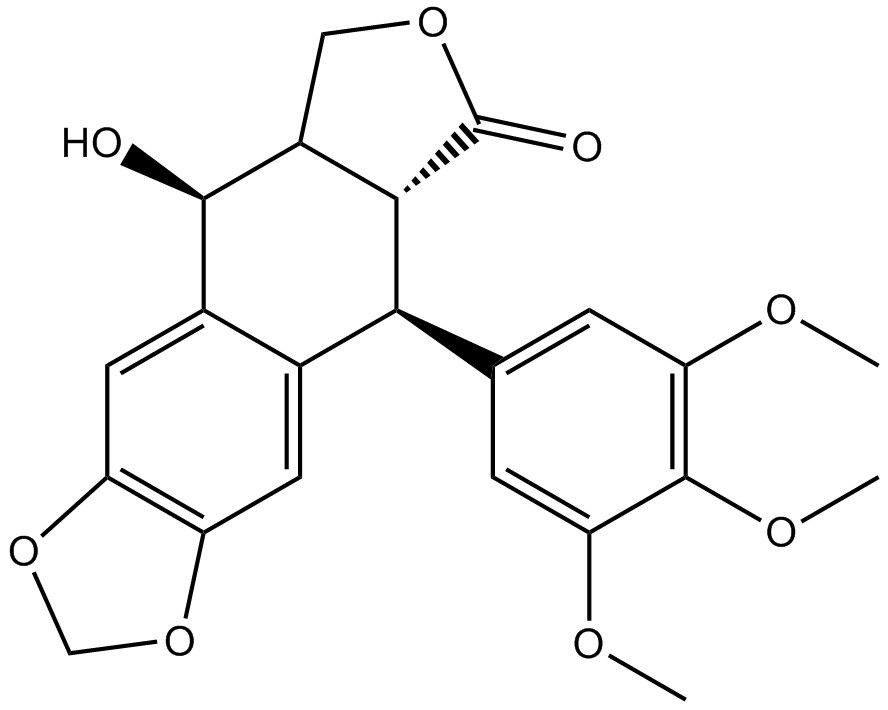 N1790 Podophyllotoxin
N1790 Podophyllotoxin -
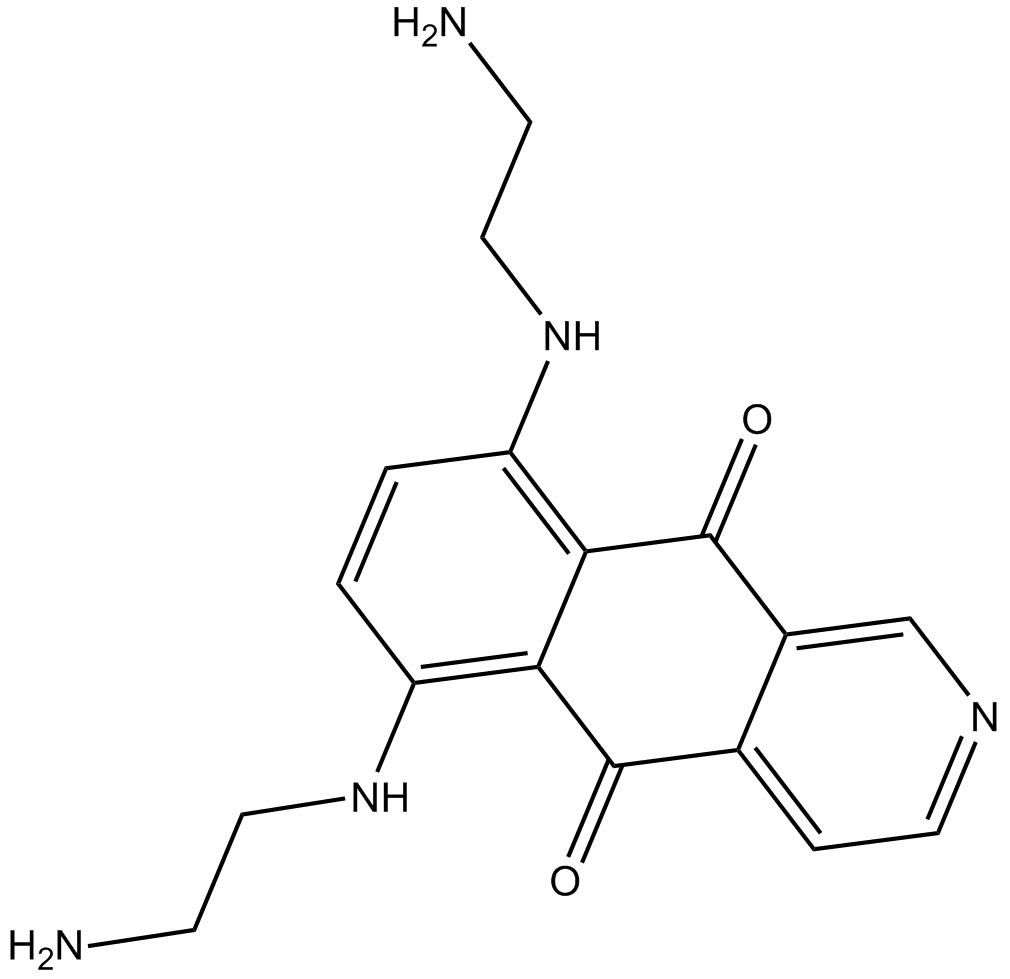 B3454 PixantroneSummary: experimental antineoplastic drug
B3454 PixantroneSummary: experimental antineoplastic drug -
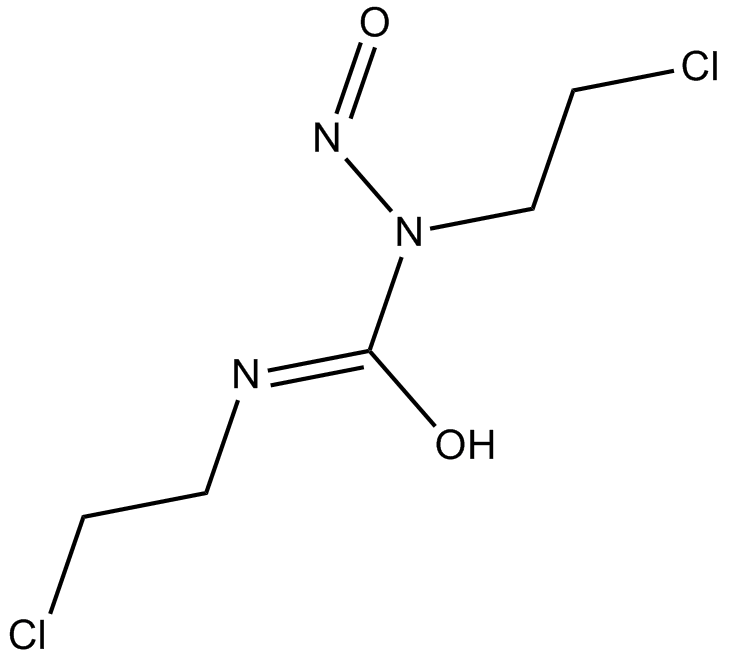 B3489 CarmustineSummary: cell-cycle phase nonspecific alkylating antineoplastic agent
B3489 CarmustineSummary: cell-cycle phase nonspecific alkylating antineoplastic agent -
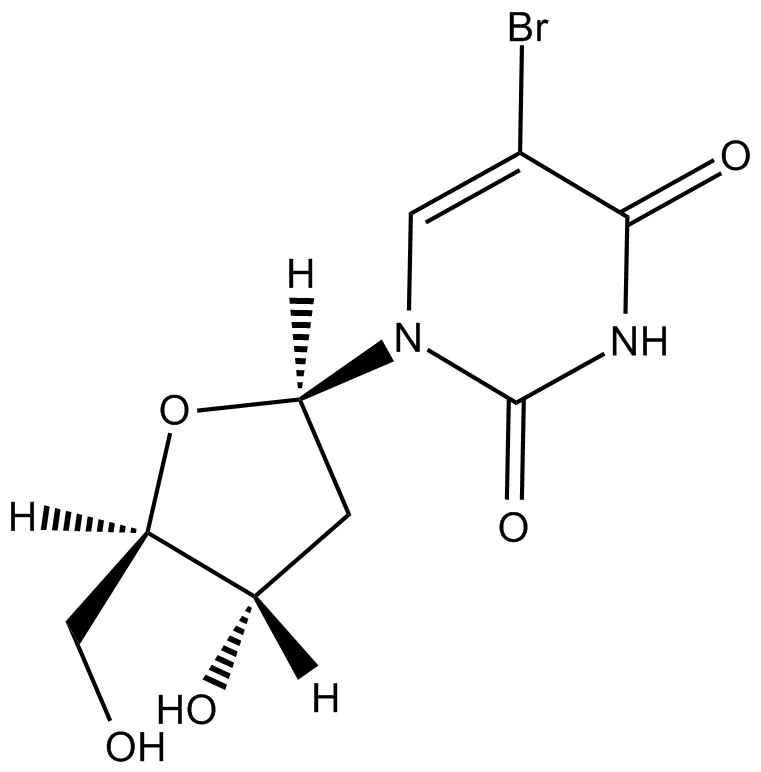 B3589 5-BrdUSummary: Synthetic thymidine analog
B3589 5-BrdUSummary: Synthetic thymidine analog -
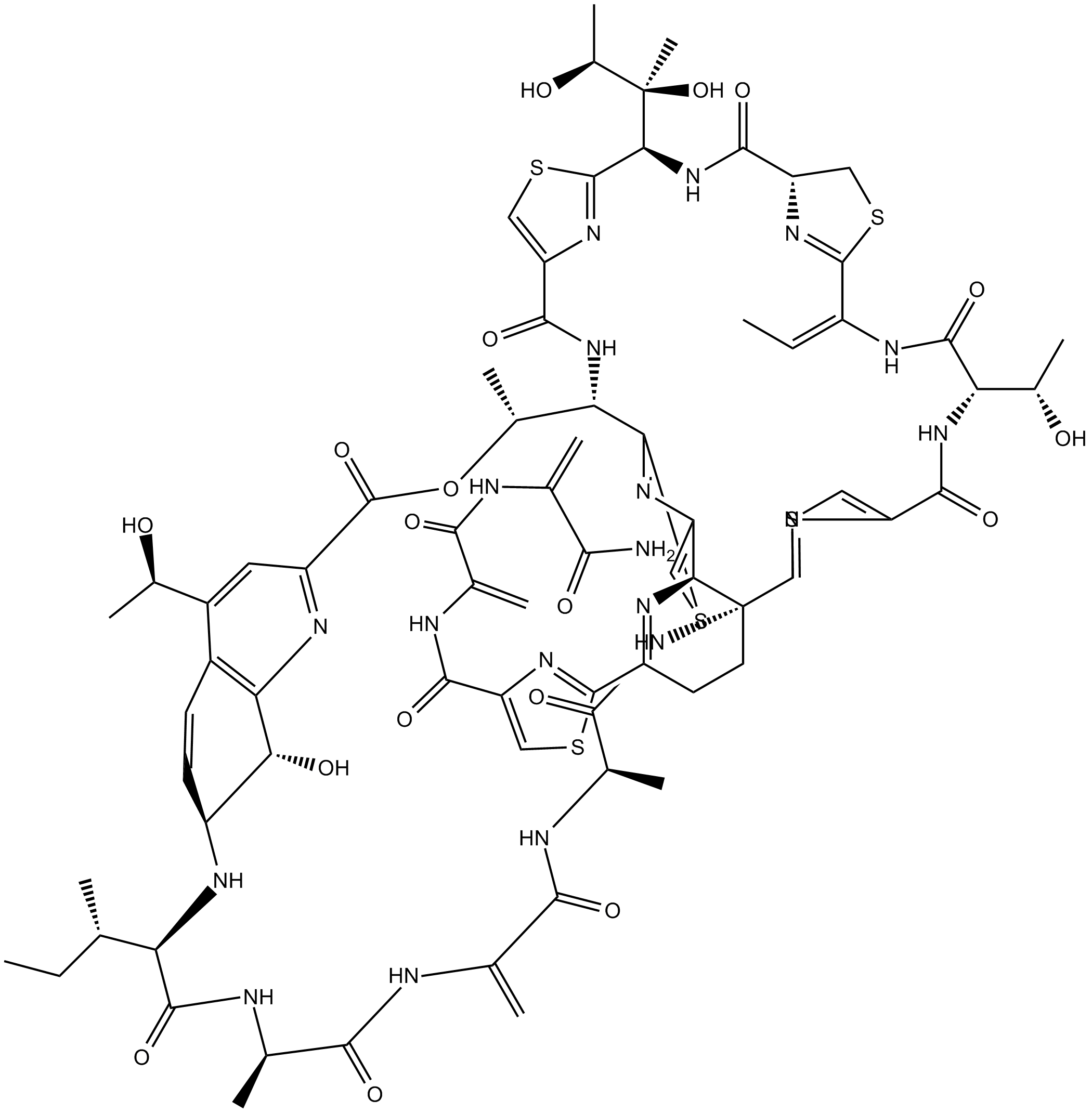 B7336 ThiostreptonTarget: FoxM1Summary: Antibiotic that inhibits bacterial protein synthesis
B7336 ThiostreptonTarget: FoxM1Summary: Antibiotic that inhibits bacterial protein synthesis -
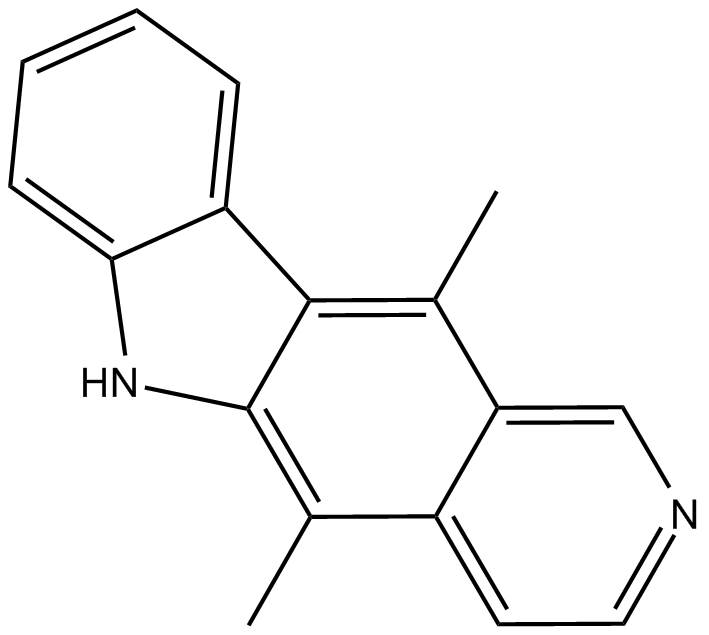 B7382 EllipticineTarget: TopoisomerasesSummary: DNA topoisomerase II inhibitor
B7382 EllipticineTarget: TopoisomerasesSummary: DNA topoisomerase II inhibitor -
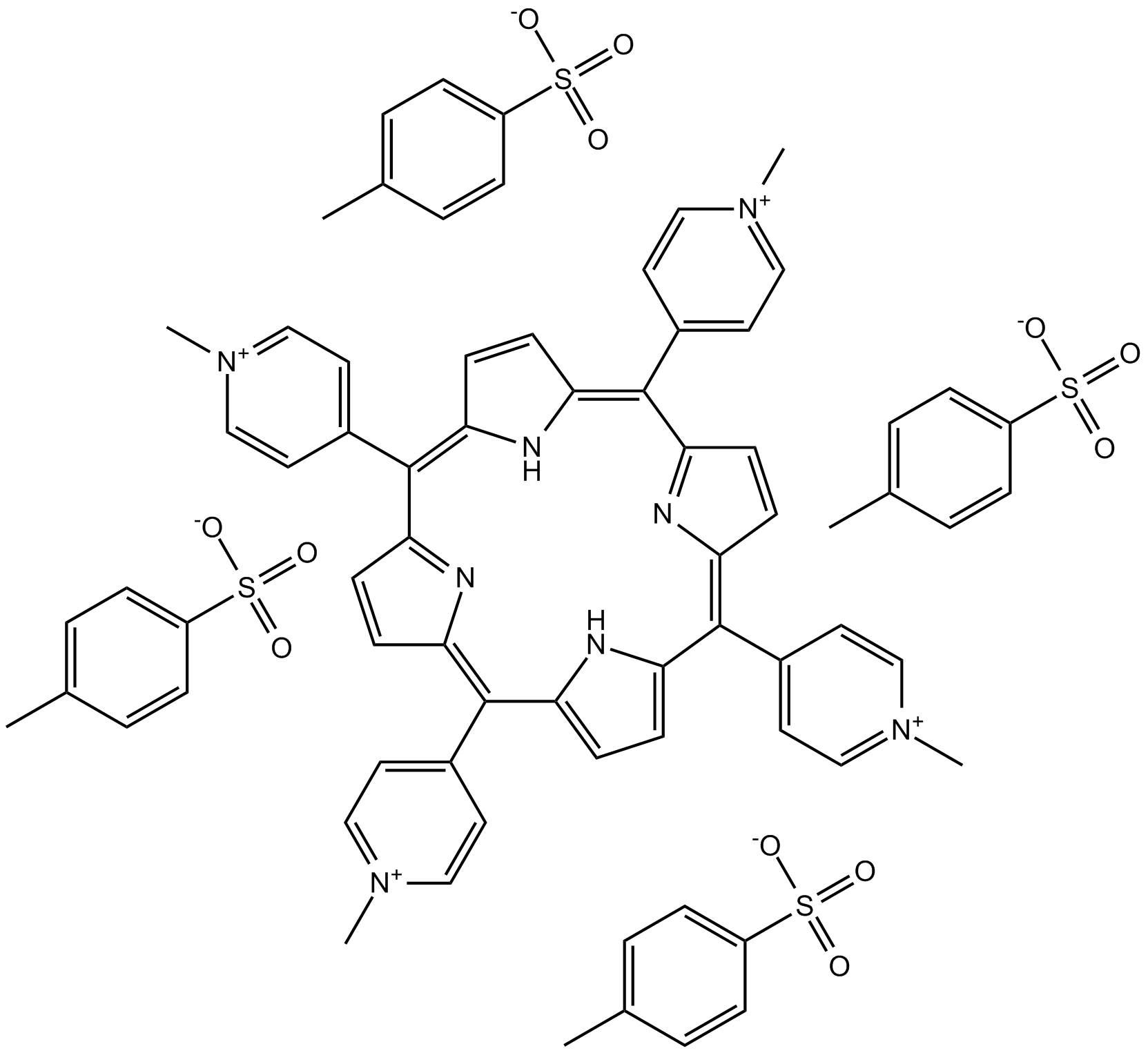 B7627 TMPyP4 tosylate1 CitationSummary: human telomerase inhibitor
B7627 TMPyP4 tosylate1 CitationSummary: human telomerase inhibitor -
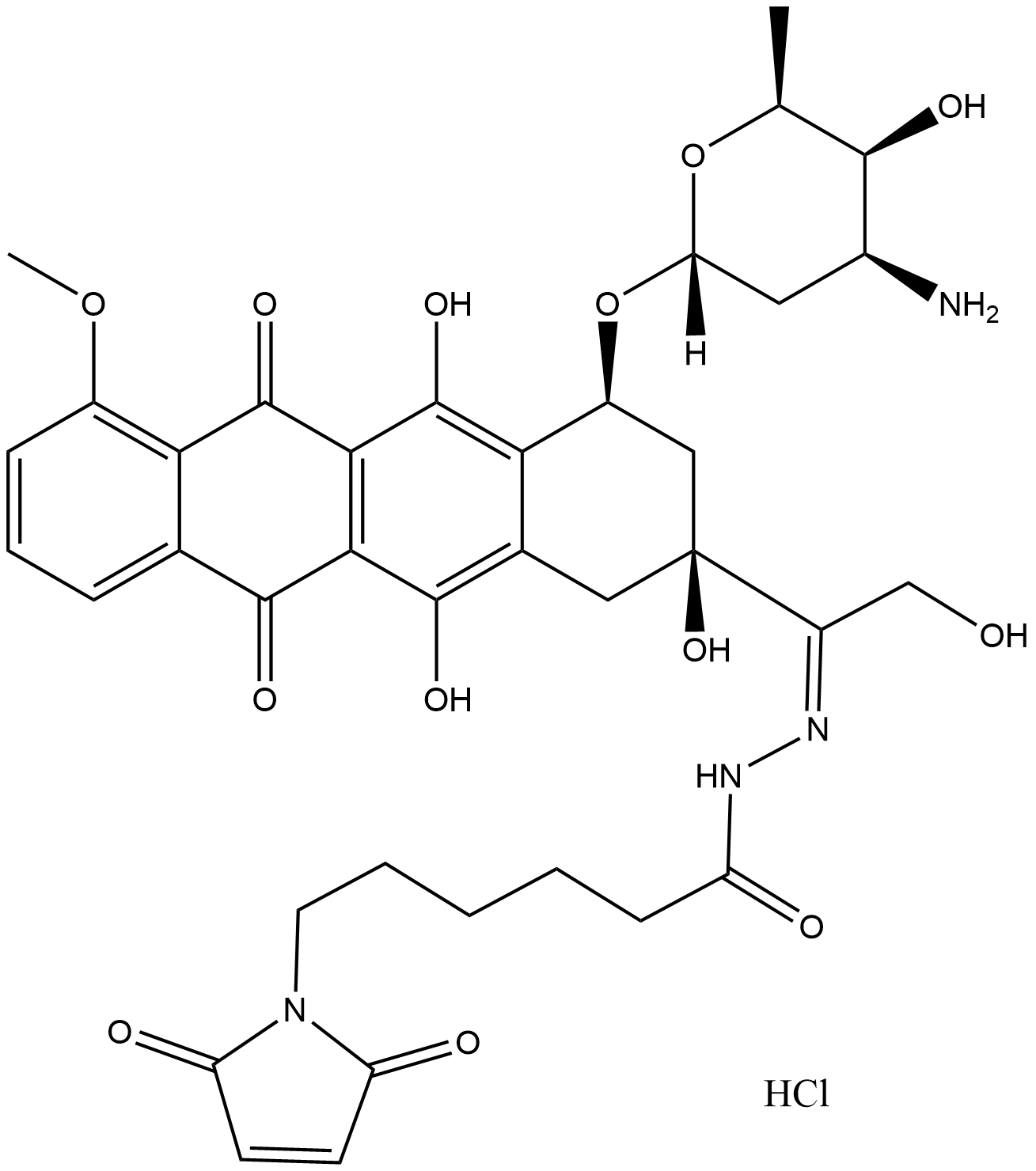 B8916 Aldoxorubicin (hydrochloride)
B8916 Aldoxorubicin (hydrochloride) -
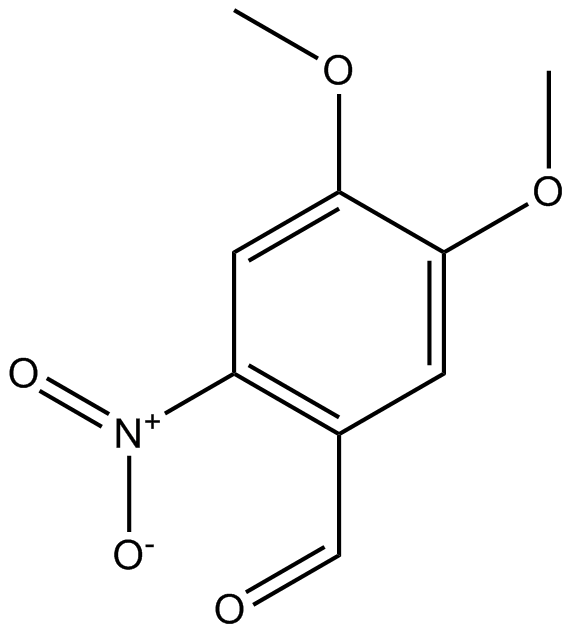 B6945 DMNBSummary: DNA-dependent protein kinase (DNA-PK) inhibitor
B6945 DMNBSummary: DNA-dependent protein kinase (DNA-PK) inhibitor


